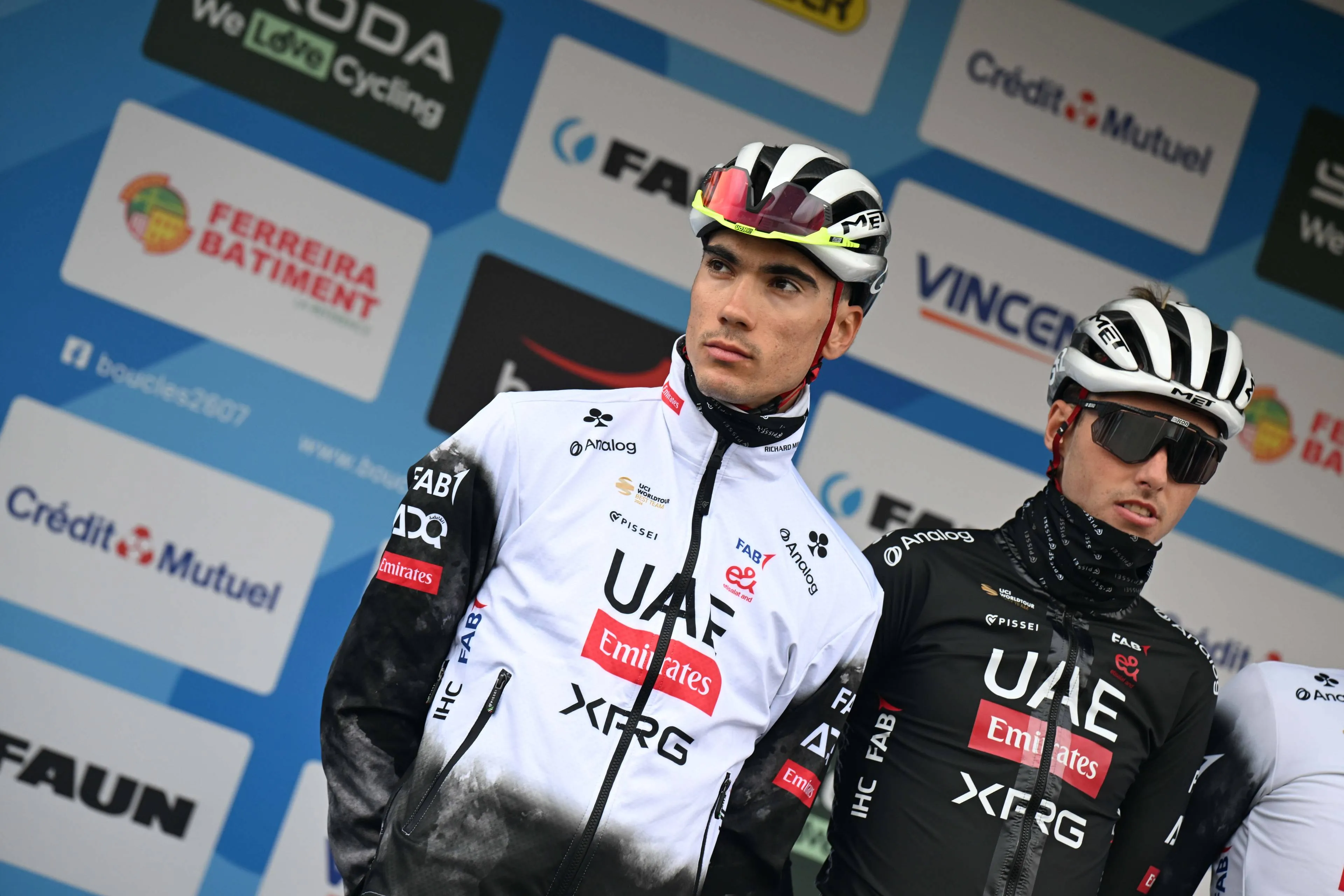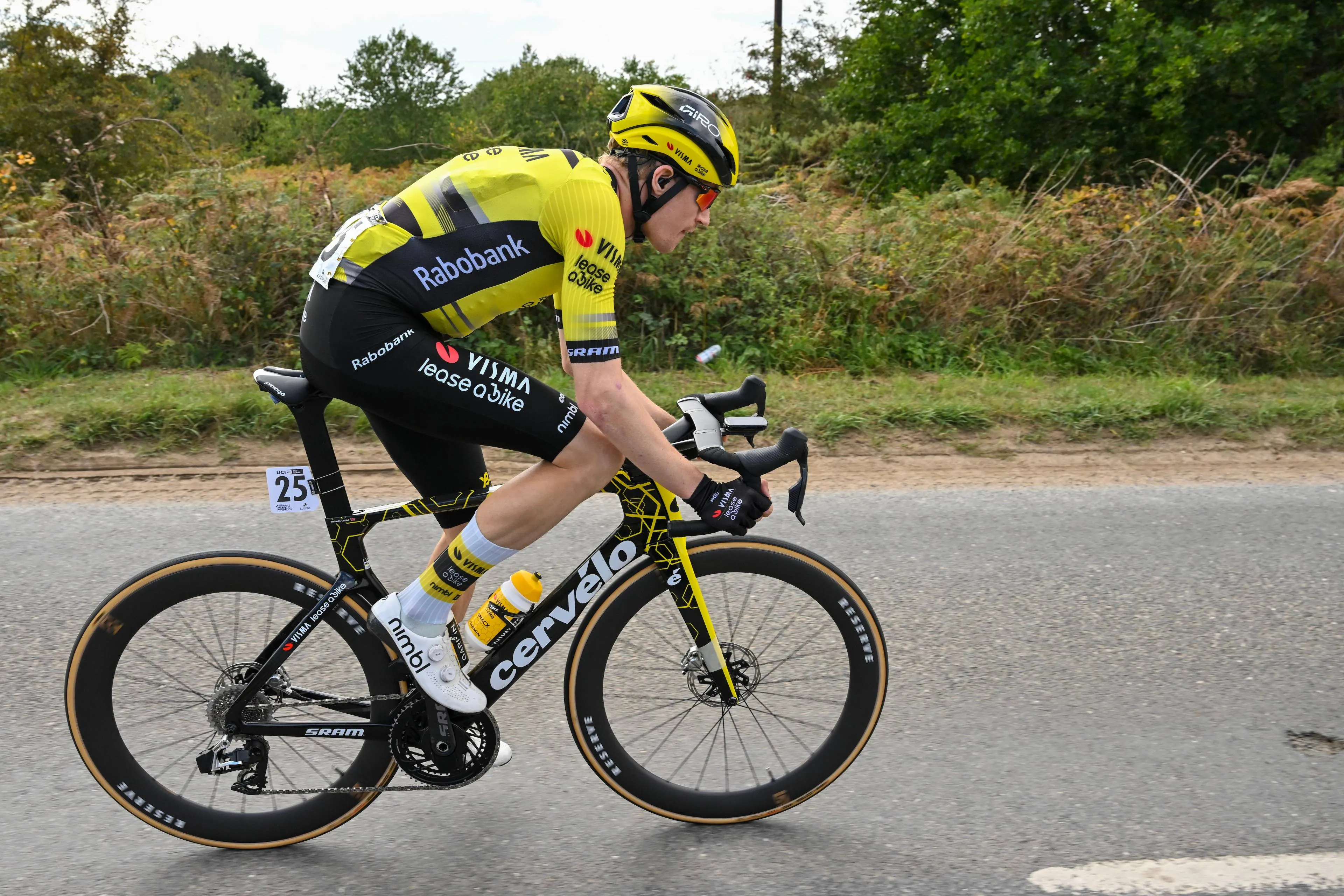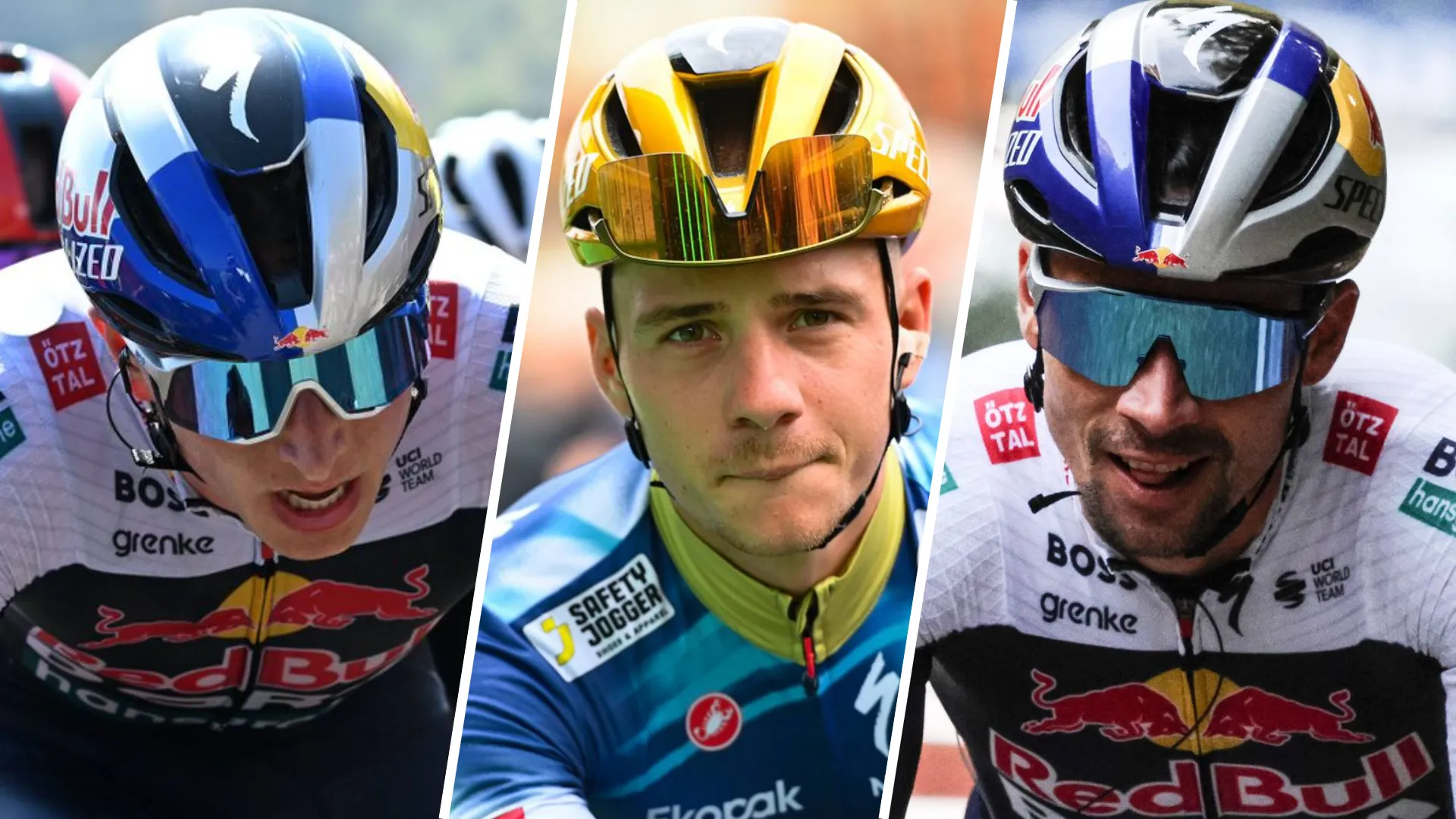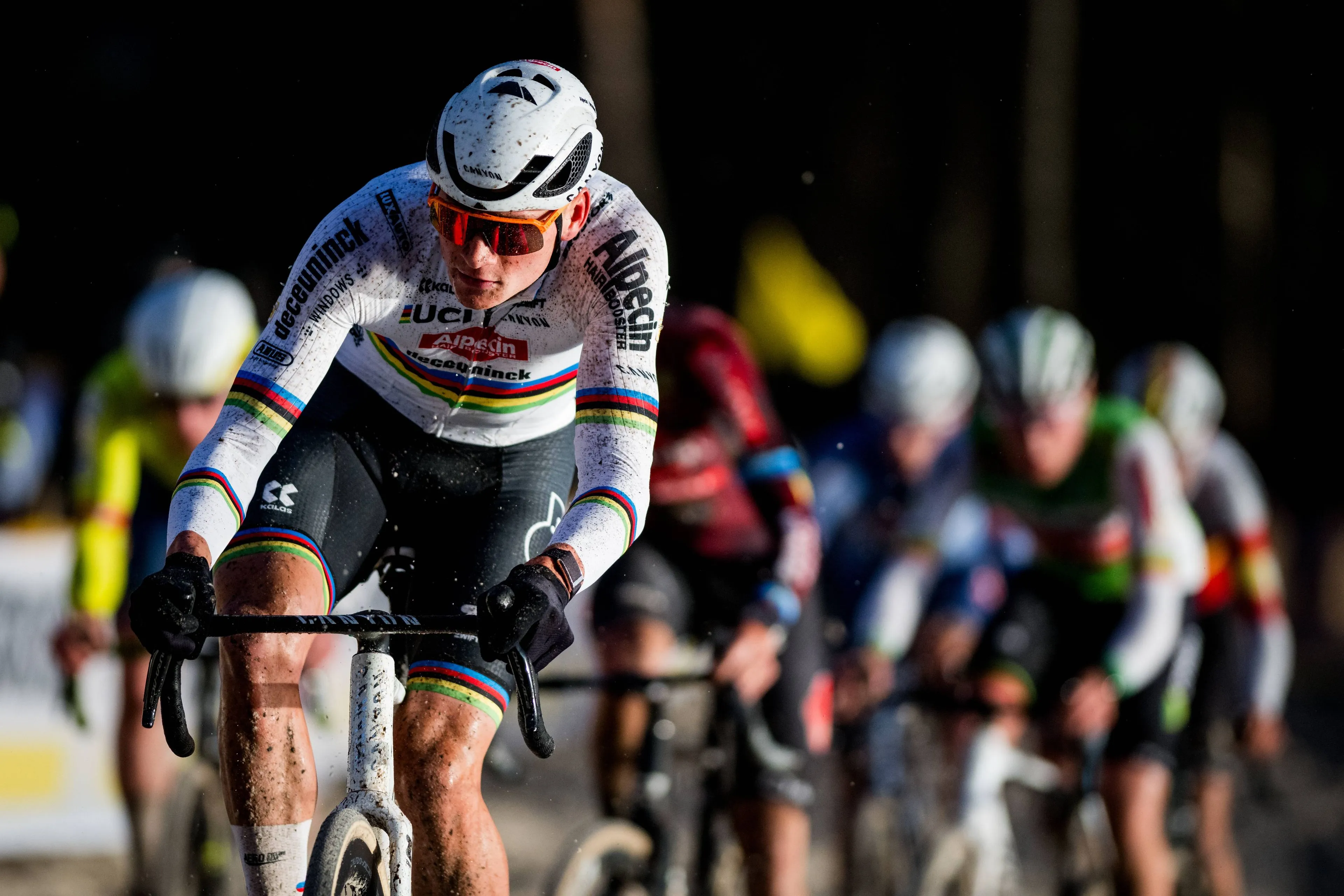"If that does not invoke the extreme weather protocol, then what does?" - CPA president Adam Hansen shocked by Giro organisers' inability to react to adverse weather on Stelvio
CyclingWednesday, 22 May 2024 at 10:20

The sixteenth stage of the Giro d'Italia originally planned from Livigno through the famous Passo dello Stelvio (later replaced by the Umbrailpass) with finish on the steep slopes of Monta Pana was feared not only for its parcours, but also due to the expected adverse weather, including heavy rain and potential of snow.
Later it became clear the stage won't be completed in it's full length as all riders agreed it would have been a wise decision to omit the dangerous descent from Stelvio and start the stage Spondigna. President of the riders' association Adam Hansen now went to X to explain how events unfolded on Tuesday morning.
Read also
"As it unfolded," the Aussie begins his message. "On the rest day, the CPA first contacted all stakeholders to arrange an agreement based on the weather forecast for stage 16. It was clear that the conditions on Umbrail Pass should invoke the UCI extreme weather protocol, and the riders proposed eliminating this pass to avoid 2 degrees with snow during the long descent. The riders' intention was to have a full race without having to stop and restart due to extreme weather."
"
The riders stood united in their decision, which was communicated to show the seriousness of their stance," Hansen continues. "After many hours of negotiations on the morning of the race, the CPA did their best to convey the riders' seriousness in avoiding today's situation.
"
Read also
"In the end, it was clear that Umbrail Pass could not have been raced as local authorities closed the pass due to too much snow. If the riders had raced, as the stakeholders wanted, the race would have stopped at the Umbrail Pass, says the ex-professional.
"So ultimately, due to the weather, the original race course could not have been completed. Especially since before the race had even started, it was 0 degrees with snow.
If that does not invoke the extreme weather protocol, then what does?"
To ask the question is to answer it, Hansen thinks. "It is 2024; we need to have a clear protocol in place for all stakeholders to understand and accept to preserve the good image of cycling. A 'let's see how it goes' approach, especially today, would have resulted in riders on the side of the road, scattered all over the climb, looking for shelter in the snow. This is not the solution for ensuring the riders' health."
Read also
claps 0visitors 0
Just in
Popular news
Latest comments
- In my opinion, the second strongest team is LIDL.
 maria2024202412-12-2025
maria2024202412-12-2025 - Chapeau! Sepp Kuss did that a few years back when Visma won all three GTs that yearCrashjames12-12-2025
- Superstar??? He won exactly zero races this year other than the Tour de l’Avenir. He won some races as a junior. I don’t get the hype, yet. Maybe I’ll be proven wrong.mij12-12-2025
- ummm he would definitely have won even with roglic still there, buddy was more than a minute up and defending well against an in shape roglic.bruins3012-12-2025
- I don't think he's finished either, but next to Tadej and Jonas and some others who are better GC than him, he'll never win a Grand Tour. He wouldn't have won that Vuelta if Rogla hadn't crashed.MajorPayne12-12-2025
- Weirdo!!!??? I wish Roglič all the best and I think he has a chance (if Tadej or Jonas don't decide to go to the Vuelta) Remco has no chance next to Tadej and Jonas (and Lipowitz).MajorPayne12-12-2025
- Weirdo. You think Roglic has a shot at another one and Remco will never win one again? Look at Remco's palmares now and Froome's at the same age.Veganpotter12-12-2025
- Hopefully Remco means it when he says about dual leadership "it’s the best way for us to do well".Ride197412-12-2025
- Apparently people forget about Hincapie's last foray into running a team. It was co-sponsored by Ken Griffin of Citadel, probably the richest hedge fund manager in the world. And the Hincapies (Rich and George) managed to screw that up.
 ScottG12-12-2025
ScottG12-12-2025 - Won three of the big one week tours in a row this year. Pretty impressive. I don't think he had much of a chance against Jonas in the Vuelta, but would have been nice to see him getting better support from the team.mobk11-12-2025
Loading
As it unfolded: On the rest day, the CPA first contacted all stakeholders to arrange an agreement based on the weather forecast for stage 16. It was clear that the conditions on Umbrail Pass should invoke the UCI extreme weather protocol, and the riders proposed eliminating this
1 Comments












